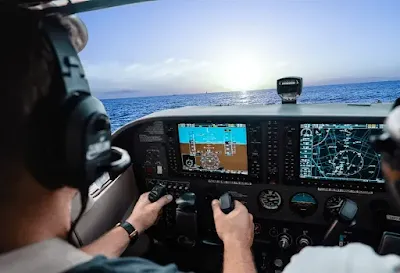Single-Pilot Resource Management and Risk Management
Flying Training, Helicopter InstructorSingle-Pilot Resource Management (SRM) According to data presented at the 2005 International Helicopter Safety Symposium, the helicopter accident rate is 30 percent higher than the general aviation (GA) accident rate. Reducing this rate is an industry wide goal and the CFI plays an important role in reaching it by stressing single-pilot resource management (SRM) and risk […]
Single-Pilot Resource Management and Risk Management Read Post »






